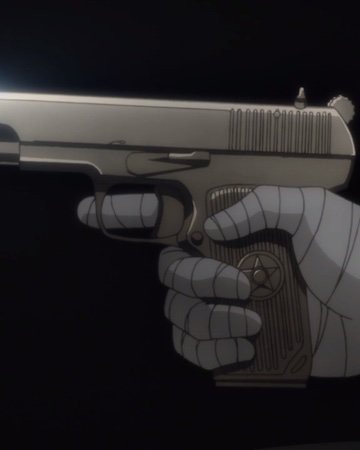
Pistol Star still has a mass of 100 times that of our Sun, and may have started out with as much as 200 solar masses of Despite the mass loss by the star when it ejected this material, astronomers estimate the The outbursts which created the shells seen by Hubble are estimated to be only 4,000 and 6,000 years old, respectively. The largest shell is so big (4 light-years) it would stretch nearly all the way from our Sun to The star has enough raw power to blow off two expanding shells of gas (which are false-colored magenta) equal to the mass NICMOS' infrared vision can penetrate the dust to reveal the star. The Hubble Space Telescope's Near Infrared Camera and Multi-Object Spectrometer (NICMOS) was needed to take the picture, because the star is hidden at the galactic center, behind a great deal of obscuring dust. The Pistol Star appears as the bright white dot in the center of the image shown above.

Astronomers are currently unsure how a star this massive could have formed or how it will act in the future. Observations from the Hubble Space Telescope in 1997 confirmed the relationship between the star and the nebula. In 1995, it was suggested that the Pistol Star was so massive it was throwing off the mass that actually created the Pistol Nebula. It is believed to be 100 times as massive as our Sun, and 10,000,000 times as bright! In 1990, a star named the Pistol Star was known to lie at the center of the Pistol Nebula in the Milky Way Galaxy. The largest known star (in terms of mass and brightness) is called the Pistol Star.

What is the biggest star we know? StarChild Question of the Month for May 2000 Question:


 0 kommentar(er)
0 kommentar(er)
